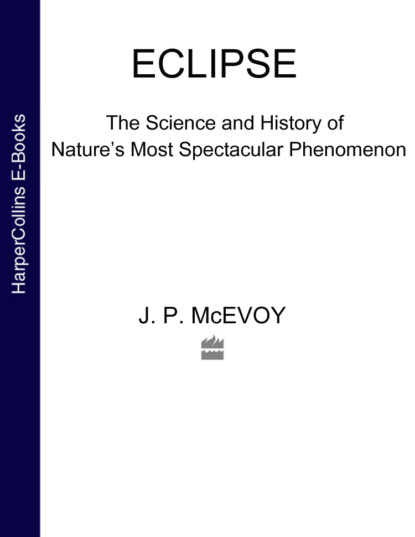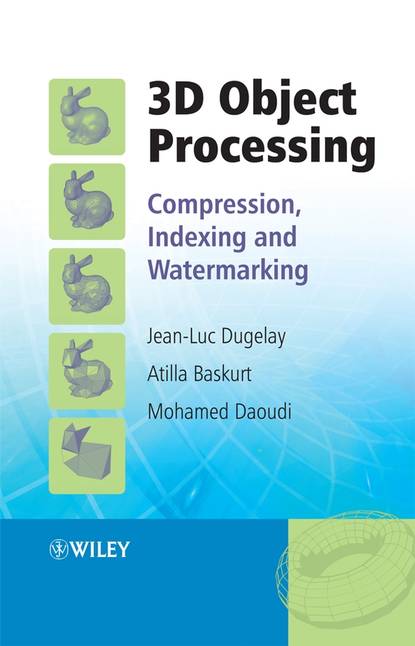Книга "Eclipse: The science and history of nature's most spectacular phenomenon" рассказывает о феномене солнечного затмения - одном из самых захватывающих природных явлений. Автор, J.P. McEvoy, в своей увлекательной повествовательной манере рассматривает историческое, культурное и научное значение солнечных затмений на протяжении веков, а также исследует значение этого редкого явления. Книга описывает, как английский астроном Норман Локьер назвал элемент гелий по спектрам затмения Солнца, а также как в Кембридже Артур Эддингтон предсказал доказательство общей теории относительности Эйнштейна по изгибу солнечного света во время знаменитого африканского затмения 1919 года.
В книге также рассказывается о том, как в разные эпохи человечество реагировало на затмение Солнца. Древние мексиканцы считали, что Солнце и Луна ссорятся, тогда как таитяне думали, что два небесных объекта занимаются любовью. Сегодня астрономы могут точно рассчитать путь тени Луны во время солнечного затмения. Миллионы людей наблюдают это зрелище с помощью специальных очков, камер и телескопов, а космические агентства, спутники и обсерватории на горных вершинах изучают корону, вспышки и магнитосферу Солнца.
В книге также описывается солнечное затмение, которое произошло в Великобритании в 1999 году, и объясняется, что следующее затмение в Великобритании состоится только в 2090 году.
Электронная Книга «Eclipse: The science and history of nature's most spectacular phenomenon» написана автором J. McEvoy P. в году.
Минимальный возраст читателя: 0
Язык: Английский
ISBN: 9780007480302
Описание книги от J. McEvoy P.
J P McEvoy looks at remarkable phenomenon of a solar eclipse through a thrilling narrative that charts the historical, cultural and scientific relevance of solar eclipses through the ages and explores the significance of this rare event.In the year when Britain will be touched by a solar eclipse for the first time since 1927, J P McEvoy looks at this remarkable phenomenon through a thrilling narrative that charts the historical, cultural and scientific relevance of solar eclipses through the ages and explores the significance of this rare event.Eclipse shows how the English Astronomer Norman Lockyer named the element Helium from the spectra of the eclipsed Sun, and how in Cambridge Arthur Eddinton predicted the proof of Einstein’s General Relativity from the bending of sunlight during the famous African eclipse of 1919.During late morning on 11 August, 1999 the shadow of the last total eclipse of the Millennium will cut across the Cornwall Peninsula and skirt the coast of Devon before moving on to the continent, ending its journey at sunset in the Bay of Bengal, India. Britain’s next eclipse will be in September, 2090.Throughout history, mankind has exhibited a changing response to the eclipse of the sun. The ancient Mexicans believed the Sun and the Moon were quarrelling whilst the Tahitians thought the two celestial objects were making love.Today, astronomers can calculate the exact path the moon’s shadow will track during the solar eclipse. As millions encamp for the brief spectacle with mylar glasses, pin-hole cameras, binoculars and telescopes, space agency satellites and mountain-top observatories study the corona, flares and the magnetosphere of the Sun as the 125 mile-wide black patch zooms along the ground at 2000 mph.



















